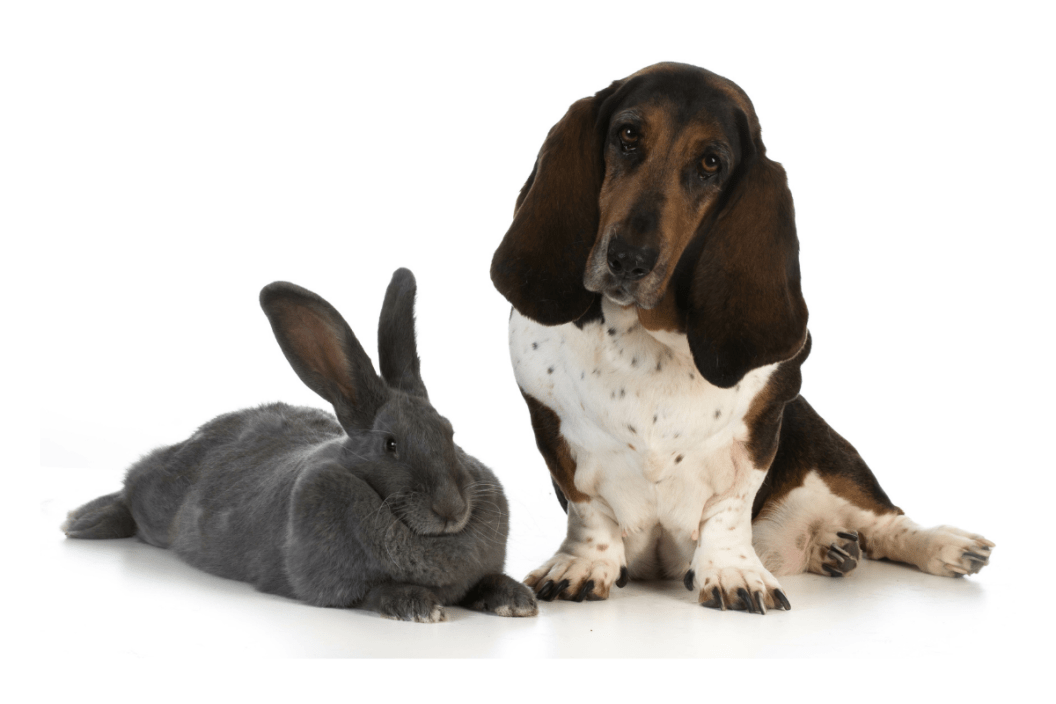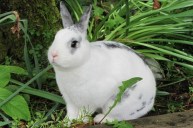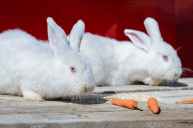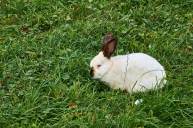Do you love Flemish Giants? One look at these "cuddle monsters," and you'll be hooked!
These awesome rabbits are the gentle giants of the bunny world, growing up to between 12 and 15 pounds (though particularly large rabbits can get even bigger, with a maximum weight about 20 pounds), making them and Continental rabbits the largest breeds in the world. Their short hair coloring, according to official breed standards, ranges from white to sandy, to light gray or steel gray, blue, and black, and they're highly popular in the United States.
They're friendly, docile, and relatively laid-back, especially when compared with some smaller rabbit breeds. But just because the Flemish Giant is an awesome domesticated rabbit that makes a great pet doesn't mean that this breed is right for everyone. If you're thinking of adding a Flemish Giant to your home, then you should know this special breed of rabbit requires more care and resources than your average rabbit.
Consider the following aspects of what it takes to really own the largest rabbit breed.
How To Keep Flemish Giant Rabbits as Pets
Space

One of the greatest challenges that you may face with a Flemish Giant is providing the rabbit with enough space. Flemish Giants don't fit in your standard rabbit cages, which are far too cramped for these large rabbits. Instead, a large dog crate may be a more suitable option, if you plan on keeping the rabbit indoors. Outdoor rabbits will also need a safe, enclosed space which is large enough for them to comfortably move around in.
Don't forget that your rabbit will need plenty of exercise, too. Attaching a dog playpen to a dog crate gives your rabbit room to explore indoors; some owners simply dedicate an entire room out of the house to their free roam bunny. An outdoor Flemish Giant may do well with a dog kennel, as long as the top is enclosed to protect this giant rabbit breed from bird predators.
2. Food
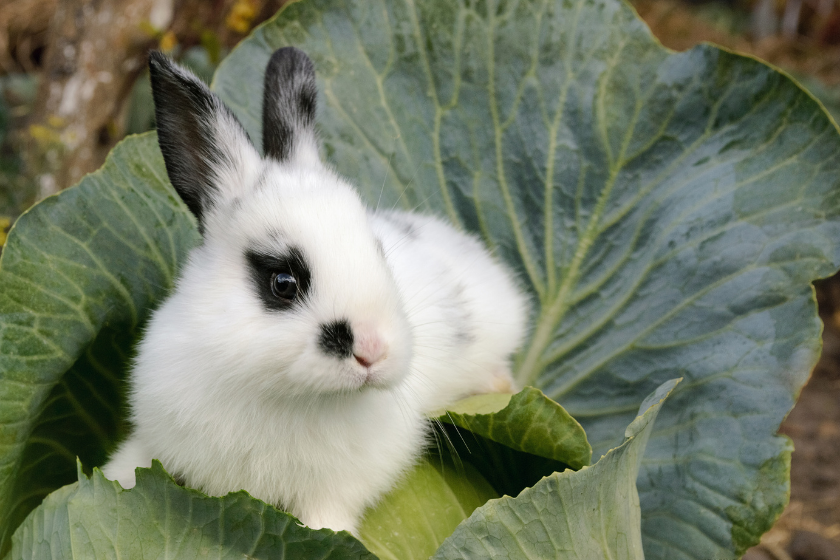
Flemish Giant bunnies can eat. In fact, they eat a lot more than most smaller rabbit breeds do. Flemish Giants require a high-quality pellet with at least 16% protein. They also need plenty of timothy hay.
You'd be surprised at how quickly a Flemish Giant can go through food, but you can save money by buying pellets for your giant bunnies in 50-pound bags and by buying hay in a bale, rather than in the loose bagged form available at most pet stores.
3. Time
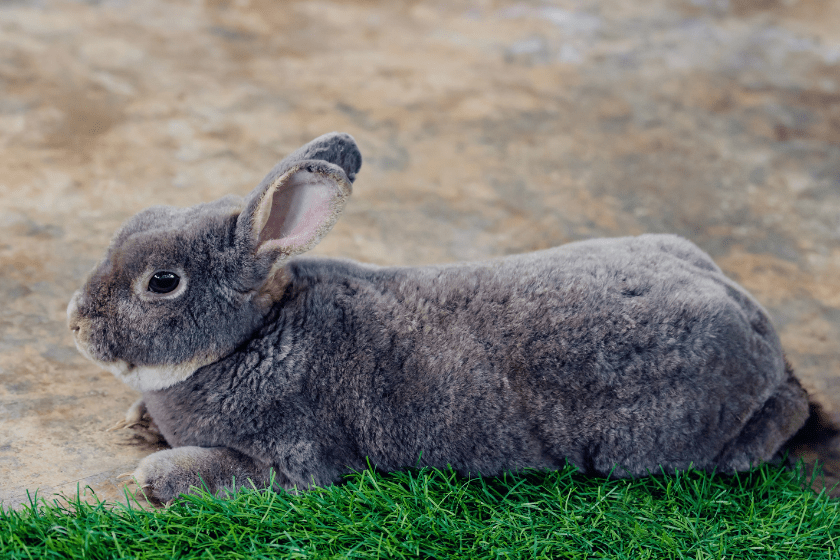
It takes more time to care for this large breed than it does to care for smaller breeds. Because Flemish Giants eat so much more than other rabbits, they also dirty their litter boxes much more quickly.
Plan on changing and cleaning your pet rabbit's litter box every three to four days for adequate giant rabbit care.
4. Health Care
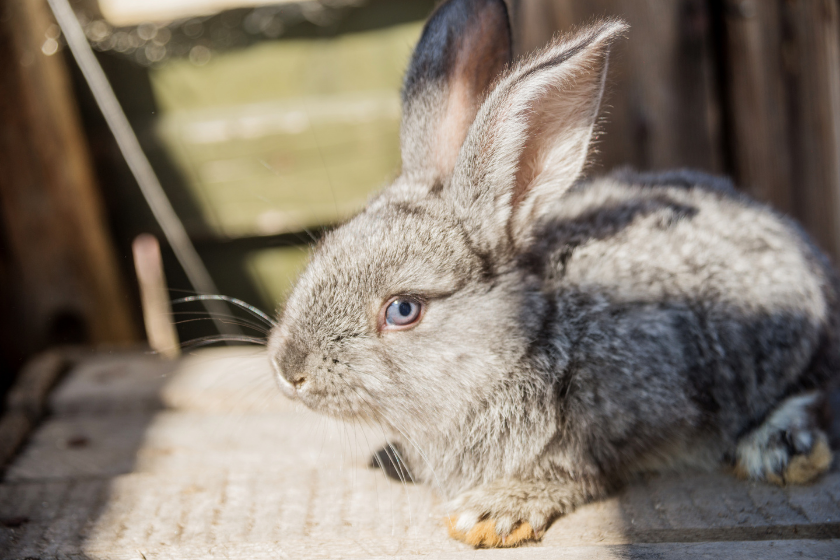
Flemish Giants are prone to ear mites and fur mites. If your rabbit has to go into the vet, the treatment costs can quickly add up.
You'll also need a way to keep your rabbit cool during the summer. Flemish Giants don't handle heat well, so you may need to air condition a room, put a fan on, provide frozen water bottles, or relocate your rabbit during the hotter days of the summer.
Flemish Giants are a lot of work, and it's best to talk with giant rabbit breeders before bringing one home, but they're also a lot of fun to have due to their docile nature and large size. These big bunnies make excellent pets as long as you're aware of the extra care that they require.
Finally, check out some rabbit shows in your area! They are usually held at State Fairs and 4H competitions. They also come in seven colors! The National Federation of Flemish Giant Rabbit Breeders recognizes Black, Blue, Fawn, Light Gray, Steel Gray, Sandy, and White as the official color varieties.
Also, the female rabbit has a fold of skin or dewlap which is used to keep her offspring warm!
Do you have a giant rabbit? Share them on our Wide Open Pets Facebook!
This article was originally published December 30, 2019.
